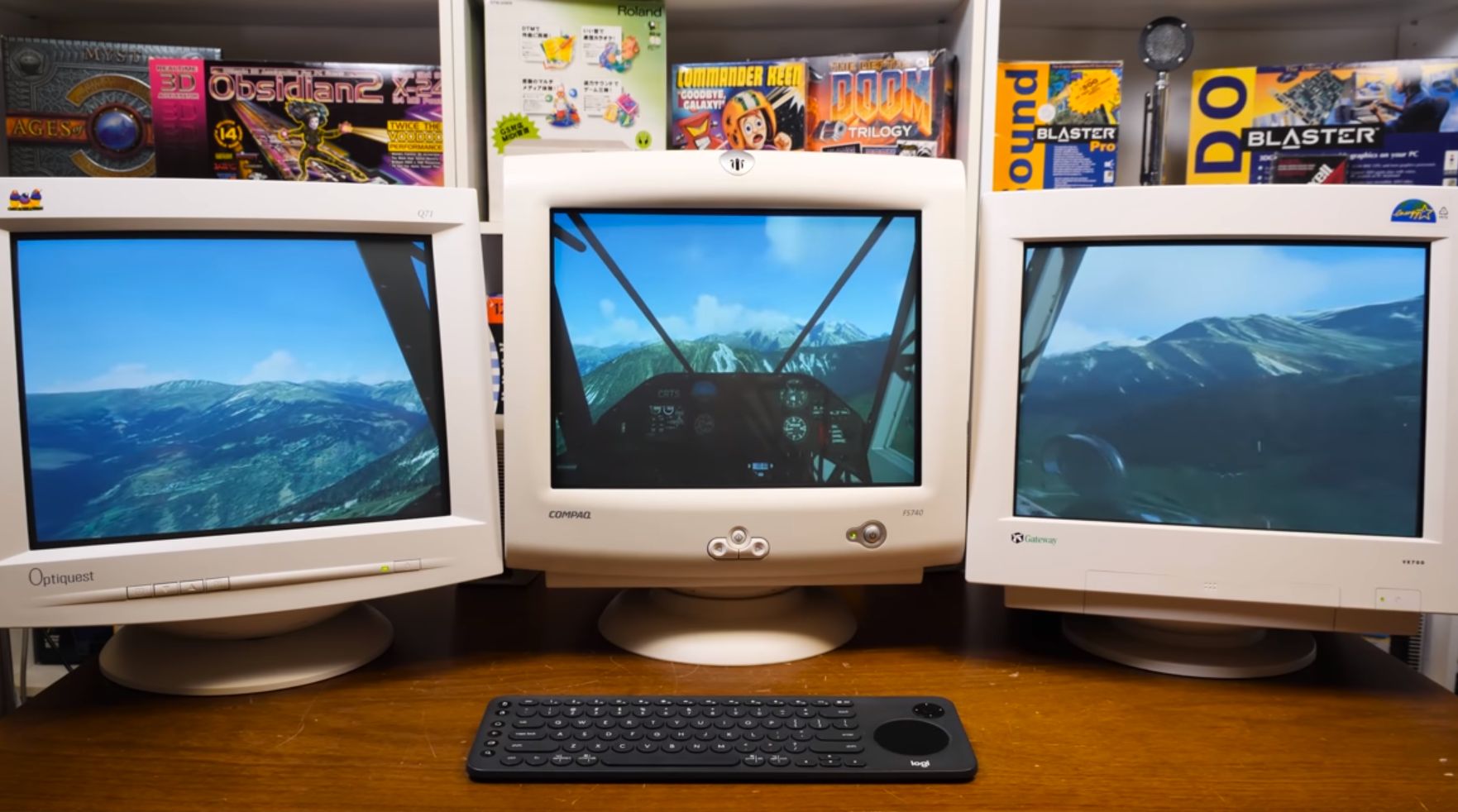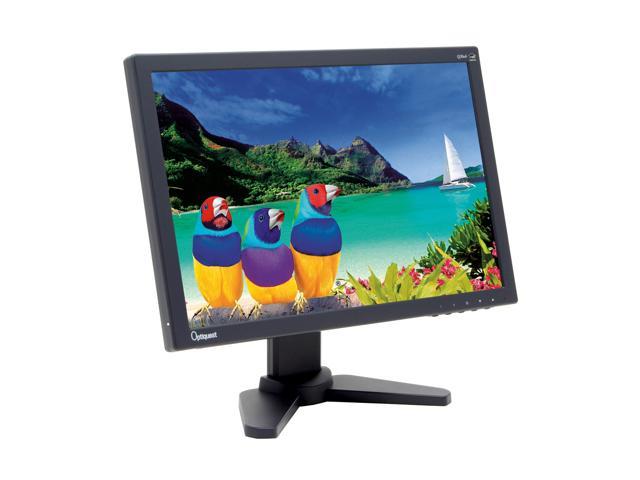
If you determine the motherboard is bad, or you cannot successfully run any tests, we suggest replacing the motherboard to fix the display problem. You can attempt to troubleshoot motherboard problems using the link below. If your monitor and video card work with another computer, your motherboard probably has an issue.

If it does not work in the other computer, the video card is most likely bad and needs to be replaced. Try removing video card from the affected computer and installing it in another computer. If your monitor works on another computer, the video card is bad. Disconnect your monitor and connect it to another computer While it may be possible to have the monitor serviced, it is often cheaper and easier to purchase a new one. If another monitor works on your computer, it's safe to assume the non-working monitor is bad and should be replaced. Borrow someone else's computer monitor and connect it to your computer The best method of determining this is to try the suggestions below. If you have followed the recommendations above and still no picture appears, your computer may have either a bad monitor, video card (graphics card), or motherboard. If you hear beeping when you turn on your computer or see strange lights, run through the POST troubleshooting steps to determine the issue. If the computer doesn't pass POST, it won't turn on or be responsive, and your monitor remains black. Once the computer is off wait a few seconds and then turn the computer back on by pressing the power button. You can tell a computer is off when it has no lights and the fans are not spinning. To reboot a computer when you cannot see anything press and hold the power button until the computer turns off. If the computer was on when the screen went black, something may have happened that requires the computer to be reboot.

If you see no lights on the monitor, make sure it is connected to a working wall outlet. This light is found on the front or the bottom of the monitor's bezel. Next, verify the monitor has power by looking for a blue, green, or orange light.
OPTIQUEST MONITOR PROBLEMS HOW TO
How to connect a monitor to a computer.Most new video cards have multiple connections and your motherboard may also have its own connection. Make sure the cable is connecting to the correct video port. Older monitors use a VGA cable, but most new displays utilize a DVI or HDMI cable and port. It should be inserted completely and firmly in place. Check the data cableĮnsure the monitor's data transfer cable is connected correctly to the computer.

The following steps help you ensure the monitor is connected correctly to the computer. Loose or improper connectionsĪnother reason for a black screen is, the computer isn't communicating with the monitor properly from loose or improper cable connections. If none of those actions work, press the power button. Try moving your mouse, clicking the mouse buttons, or pressing any key (e.g., spacebar) to wake it up. If you stepped away from the computer for a bit and returned to a black screen, the computer is likely asleep. How to turn on a computer monitor or another display.If no light comes on after several attempts, proceed to the next section. If you don't see a power LED (blue, green, or orange light) on the monitor's front or bottom, press the power button again. It may seem obvious, but first, make sure the monitor is turned on. If you have a laptop, see our laptop screen is black page, see: My laptop computer screen is black.


 0 kommentar(er)
0 kommentar(er)
